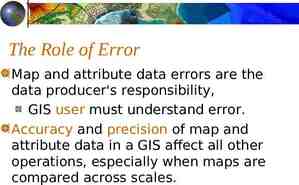Group: Max, Shulan, and Miuki
13 Slides1.89 MB
Group: Max, Shulan, and Miuki
When a sport coach tells his team that they have a lot of “momentum”, he means that the team is difficult to stop. In physics, “momentum” can be defined as “mass in motion”. In other words, momentum is how much “stuff” (mass) is moving and its velocity.
The equation for momentum is P mv Where m is the mass of the object and v is the velocity of the object. o To prove in units: [kg][m/s] [kg*m/s] or [N*s] o
Momentum is a VECTOR quantity. In the momentum equation, velocity is involved, so that means that momentum has a magnitude and a direction. (P mv)
Momentum is CONSERVED in a system. This means that the amount of momentum that is present in the system before is always equal to the momentum after. pbefore pafter
In an elastic collision, the two objects that collide bounce off of each other. The equation for an elastic collision has to conserve momentum because momentum is always conserved. pbefore pafter P mv m v m2v2 m1’v1’ m2’v2’ 1 1
In an inelastic collision, the two objects crash into each other but they do not bounce apart. Momentum is still conserved but the equation has changed because the two objects are stuck together after collision. p p P mv m v m v v(m1 m2) before 1 1 2 2 after
Impulse An impulse is when a force is exerted on an object on a period of time causing a change in momentum. p F t Impulse is also equal to: m v F t This is because change in momentum equals m*v
SI unit of Impulse The SI unit of an impulse is the same as the SI unit for momentum, which is why the two equations can be related. F t p [N]*[s] [N*s] Compare this to momentum [kg]*[m/s] [N*s]
Holt Textbook pg 209/ 6A.2 pg 211/ 6B.4 pg 219/ 6D.1


















